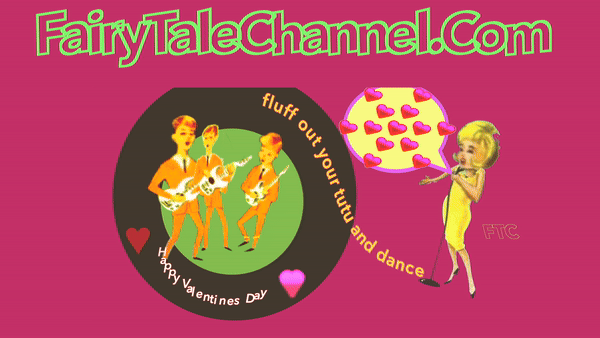Starting at 11:59 p.m.:
We must learn to trust the future…..
but for those who are curious about what the future has in store…
Augury for the 21st century (adapted by the fairytalechannel.org editorial staff)
Love augury to foretell one’s future true love during the course of the year:
Unmarried maids take four onions and place them in the corners of the room, assigning a young man’s name to each of the bulbs. Let the onions stand from Near Year’s Day until Three King’s Day (Jan. 6). Whichever onion sends out a green shoot, the person associated with that onion will become a suitor during the year; if no onion sprouts, no wedding will be celebrated during the year.
On New Year’s Eve, those persons who find themselves in a city at midnight, and who will make their way to a festive communal celebration (like fireworks at midnight), can follow this custom:
City dwellers buy a roll and divide it into three parts. As they walk down the first street, they eat the first part of the roll. In the second street they eat the second part of the roll. In the third street they eat the third part and there they shall meet their future true love.
Weather augury to foresee the New Year’s weather patterns.
The weather on December 31st forecasts the trend for the entire month of January and so on, see table below:
December 31st : Weather for month of January
January 1st : Weather for month of February
January 2nd : Weather for month of March
January 3rd : Weather for month of April
January 4th : Weather for month of May
January 5th : Weather for month of June
January 6th : Weather for month of July
January 7th : Weather for month of August
January 8th :Weather for month of September
January 9th :Weather for month of October
January 10th : Weather for month of November
January 11th : Weather for month of December
Example: If the weather on December 31st is mild most of the day but a winter storm hits an hour before midnight: expect a January with wildly fluctuating weather, but the predominate theme for January weather is mild with surges of excess.
Coin toss to predict a year of failure or success.
(If you don’t like the first outcome, you can always take the average of several tosses).
Bread under the pillow to predict one’s future true love.
Buy a perfectly shaped roll, carve out an emblem or face with a knife, place under pillow and sleep on it New Year’s Eve. In the morning, try to determine whose face the roll most closely resembles. (However, a perfectly smashed roll means there is little hope of marriage during the New Year.)
Customs to follow on January 1st and month of January:
Extend good wishes for the New Year to friends and family (a phone call, card, or personal greeting).
Make resolutions for the New Year, think about things you would like to change, self-improvement, goals, hopes or aspirations for the New Year. Think about your blessings and joys. Write all this down on a piece of paper and put it in a safe spot. (Read your list again Next New Year’s Eve.).
The custom of giving New Year’s gifts is outmoded but should be revived. This is a great time to give small tokens of appreciation, not fancy or expensive gifts. For example: a jar of home-made jam, honey from a local farmer, a loaf of freshly made bread, a small New Year’s wreath you have made yourself with fresh greens from the yard or a card you made especially for the person. If all this seems too involved, a simple E-mail message is also quite nice!
And if you dance on New Year's Eve, follow the example in the picture above only metaphorically, by severing yourself from those things that have frightened or sapped your energies in the past year, thus chopping off a head.
Translation Copyright FairyTaleChannel.org
Please read and enjoy this article. Pass on to friends or link to.







